Search
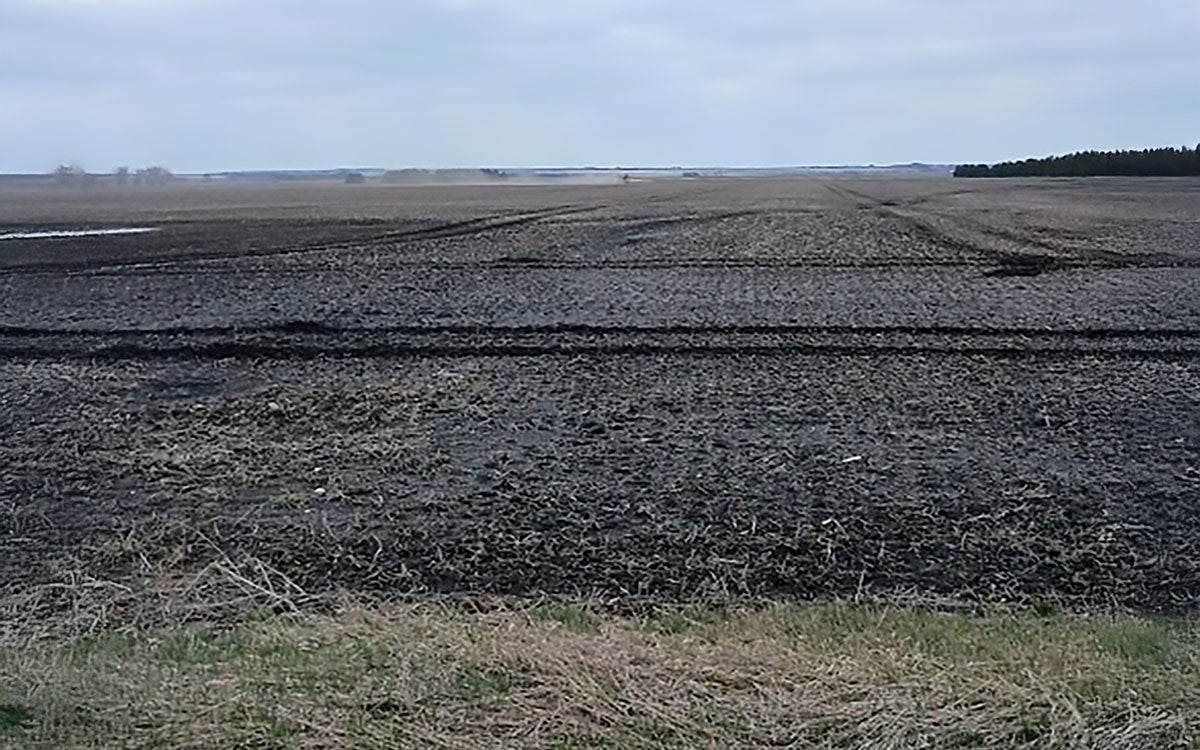
How to Avoid Soil Compaction During Crop Harvest
Soil compaction can degrade soil health and lead to reduced crop yields. Learn some production practices that can implemented during harvest to avoid soil compaction.
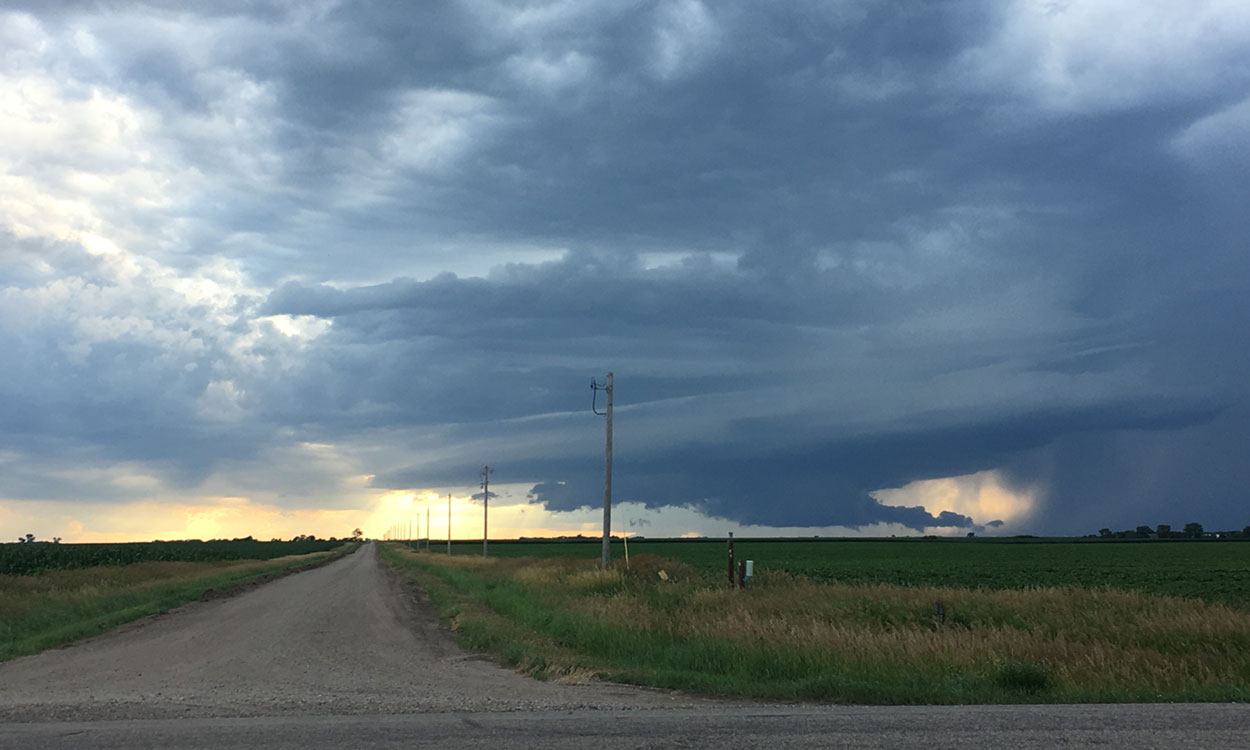
Summer Severe Weather Safety
Hail, high winds, heavy rain, lightning, tornadoes. These weather phenomena are common during South Dakota summers. Stormy weather can be beautiful to see, especially in our evening skies, but it can also be dangerous or life-threatening.
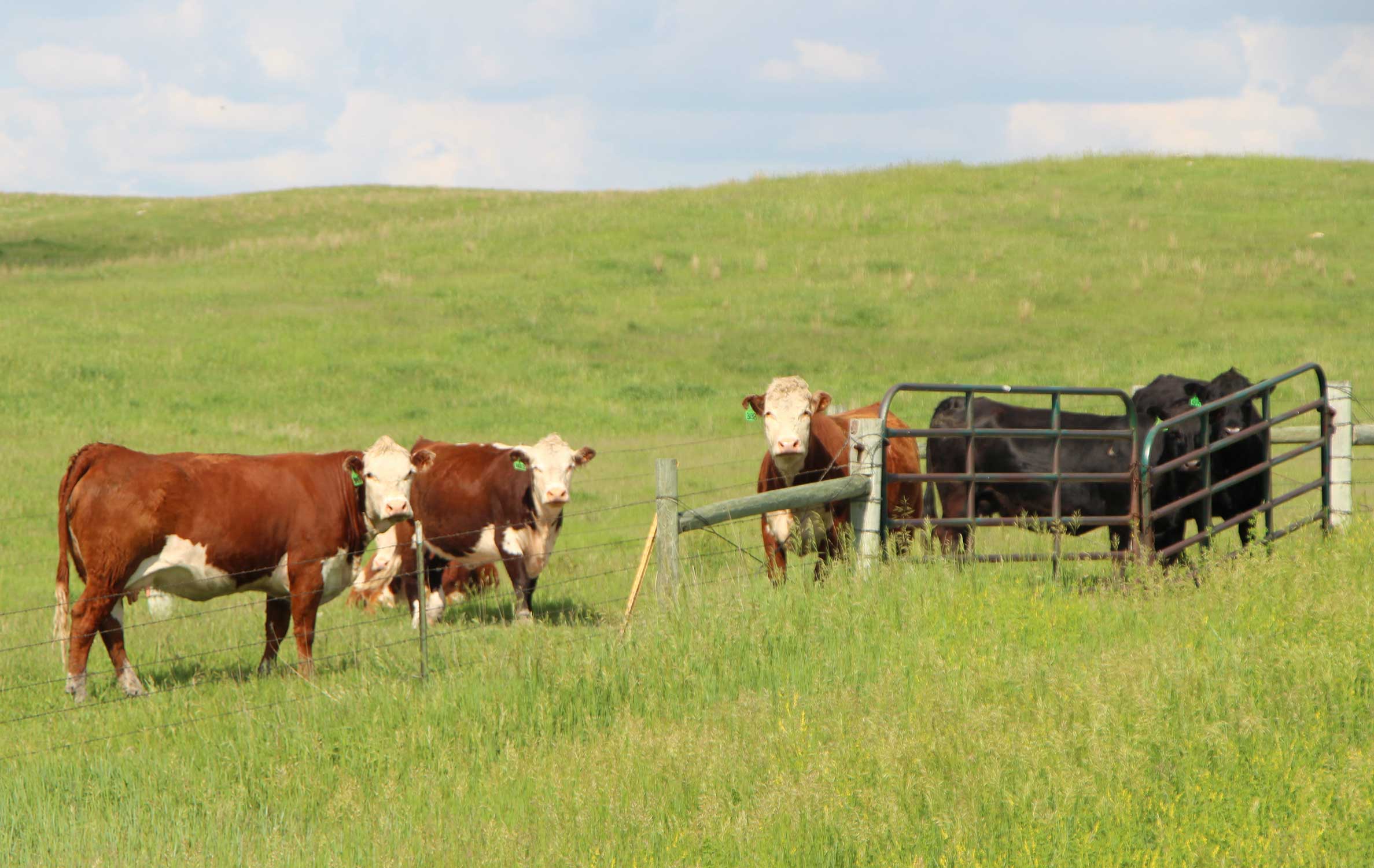
Cow Herd Options
April 2018 and 2019 blizzards caused stress to the region’s cowherds, and for some herds changed the calving distribution. 2020 brings a chance to re-establish a preferred calving distribution.
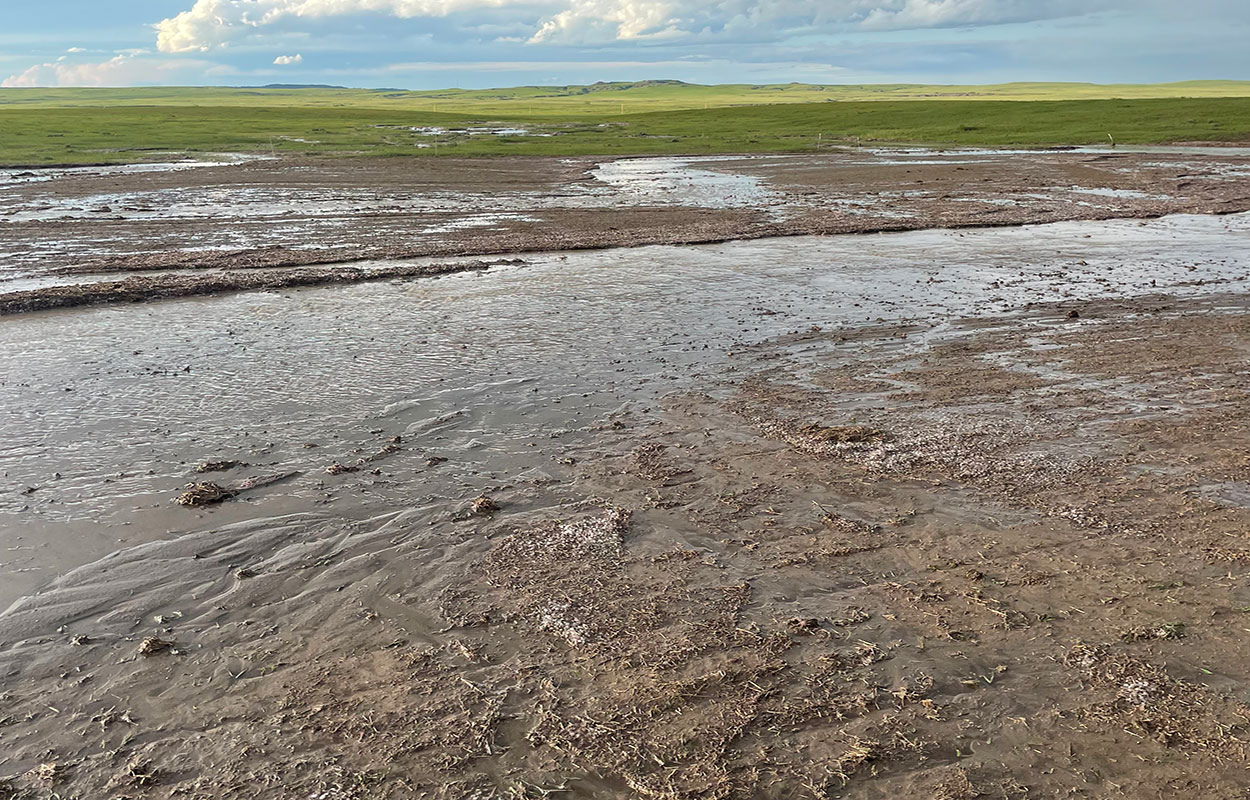
Five Range Management Principles: #4 Residual Forage
Residual forage is the amount of green leaf left after a grazing event. Understanding its importance can help producers capitalize on the symbiotic relationship that occurs when soil health is front and center on rangelands.
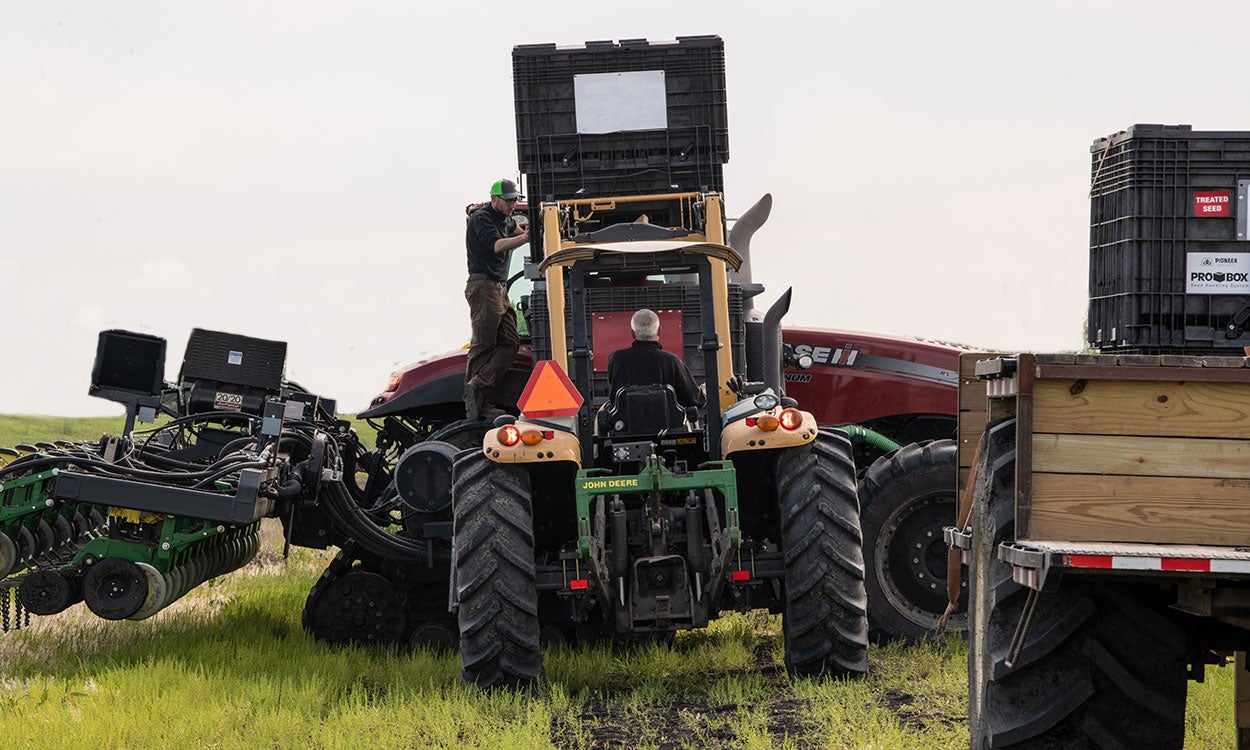
Tips to Prepare Your Planter: A Precision Ag Perspective
Planting time is nearly upon us, and setting your planter up properly can help save time, reduce unexpected costs, and increase your profitability and safety. Learn some expert tips for getting started!

SDSU Extension’s Approach to the 2017 Drought
Most of the Great Plains, of which Western South Dakota is part of, have always been considered a semi-arid area of the U.S. This region is characterized by hot, relatively short summers, and usually cold, dry winters.
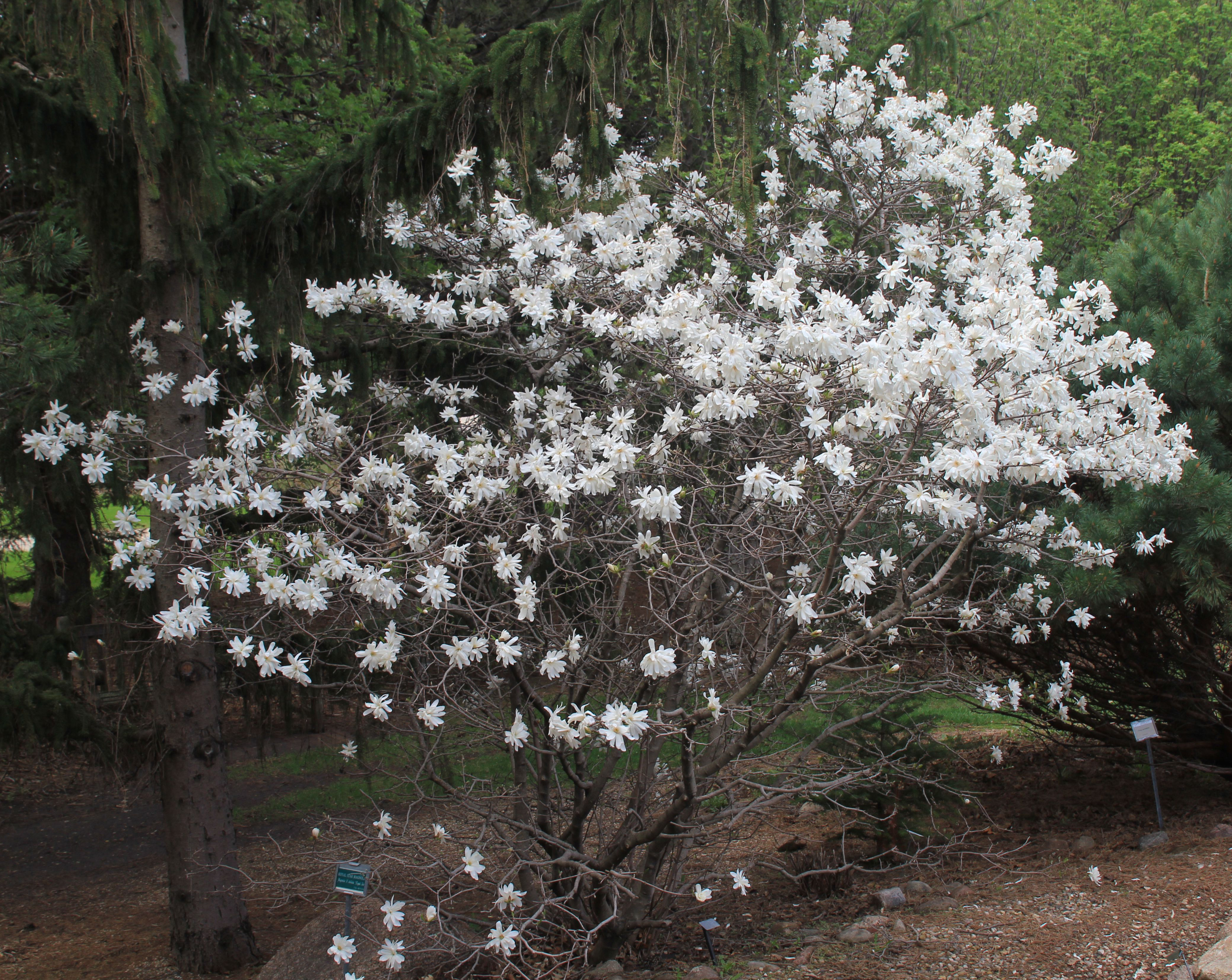
May Showers Bring Spring Flowers
May is the month when our gardens, trees and shrubs really start to take off. It is an exciting time for all of us to see the color green again showing up throughout our yards and gardens.
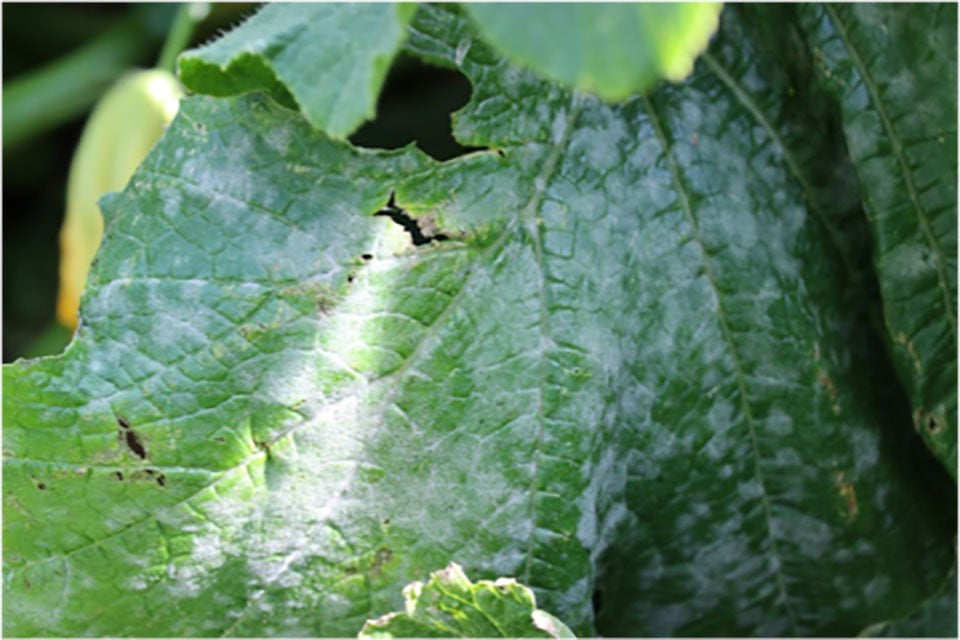
Plant Problems in Cool, Wet Soil
Wet, cool soils are prime conditions for many plant diseases to thrive. Lear more about some of the most-common cool, wet weather problems.

The Growing Threat of Cyber Attacks in Agriculture
The with growing digitalization of our food production systems, everyone should take an active role in preventing the threat of cyber-attacks.
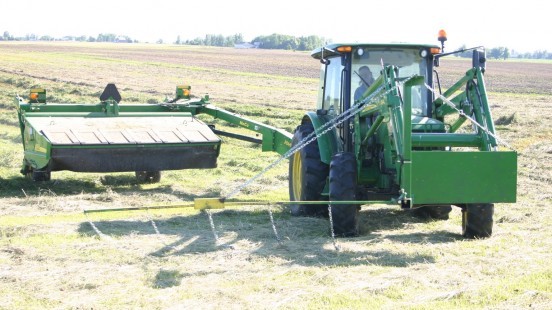
Haying With Wildlife in Mind
Anyone who has spent time cutting hay knows that hayland can be a magnet for wildlife in late spring and early summer. Hay fields are often considered an “ecological trap” for wildlife; that is, they appear to be high quality habitat for nesting or feeding due to tall, dense grass and legumes, but often lead to increased mortality once harvesting is under way.